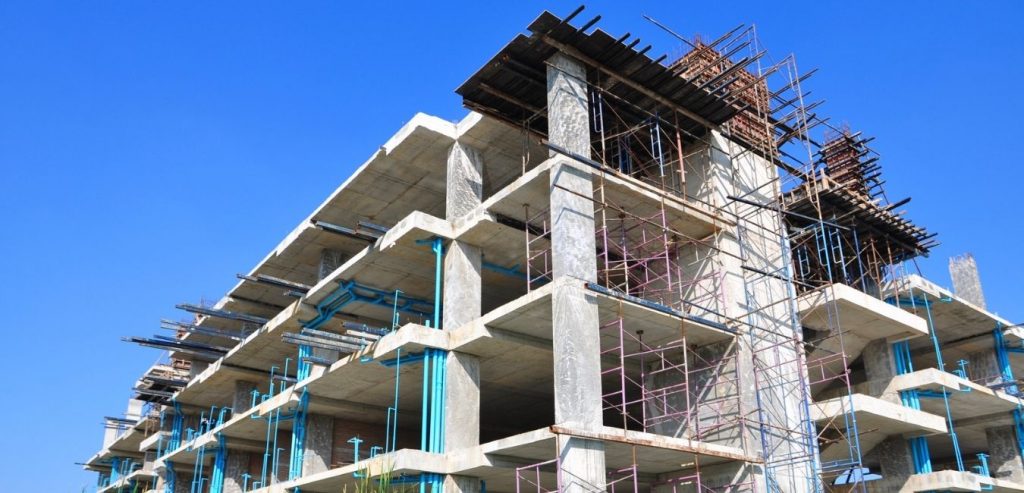Several factors affect a building’s construction type. Below are aspects you need to consider when determining a construction type.
1. PURPOSE
The purpose of a building affects construction aspects such as materials and the project scope. Huge commercial buildings undergo different construction methods compared to their smaller counterparts.
Some building classifications according to purpose are educational, institutional, commercial, industrial, and residential. The purpose of the building affects the choice of building materials which in turn affects the building type.
Examples of building materials are bricks, hollow concrete blocks, stones, and tiles. Buildings constructed for residential purposes are given special attention when installing electricity to avoid future damages that may result in loss of lives if not properly attended to. The same can be said for all the buildings, and infrastructure humans will house or use.
2. SIZE
Generally speaking, more significant buildings use heavier construction types. They will have floor spaces with long spans and heavily supported roofing systems. Smaller buildings have limited spaces and are not fire-resistant.
The building size also affects the sprinkler thresholds and fire areas, and the law mandates for design and installation of fire protection systems for big buildings, thus affecting the building type.
Fire areas are areas enclosed by exterior assemblies and fire barriers. High occupancy buildings have these fire areas compared to smaller facilities.

3. LOAD BEARING CONSTRAINTS
As a building increases in size, it affects its capacity to bear loads. A construction type must be robust enough to handle excess loads. For instance, wood is terrible for supporting a superstructure with several floor levels.
Heavy loads cause deformations and stresses in a structure. For example, load-bearing masonry performs poorly in a collapse during a fire or earthquake. However, to build a fire and earthquake-resistant structure, one has to choose a higher construction type.
4. SPEED
Buildings of a lower construction type are faster to erect. This is because the time necessary for design and construction is less. The labor needed is also less, and the construction materials can facilitate faster building.
For instance, to speed up construction, one can use pre-engineered methods and prefabricated construction types that are dropped at the construction site and quickly erected.
5. COST
The cost of a project largely determines the construction type. This is because the price affects the choice of materials, the quality of labor, artistry, and project scope. Lower construction project types require less money compared to higher construction project types.
6. ENVIRONMENTAL FACTORS
Environmental factors affect the choice of buildings that we can erect there. In coastal areas, buildings are elevated to shelter them from tidal surges. The choice of materials and design for buildings in earthquake-prone regions is also different compared to typical areas. A stiff structure easily collapses during fires and tremors.

Leave your comment
You must be logged in to post a comment.